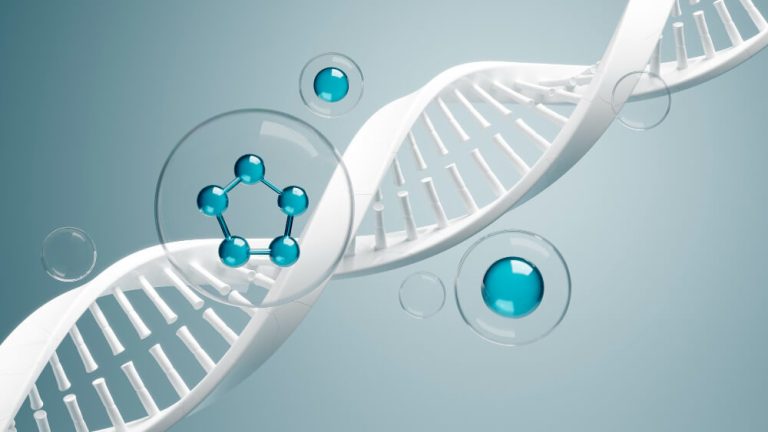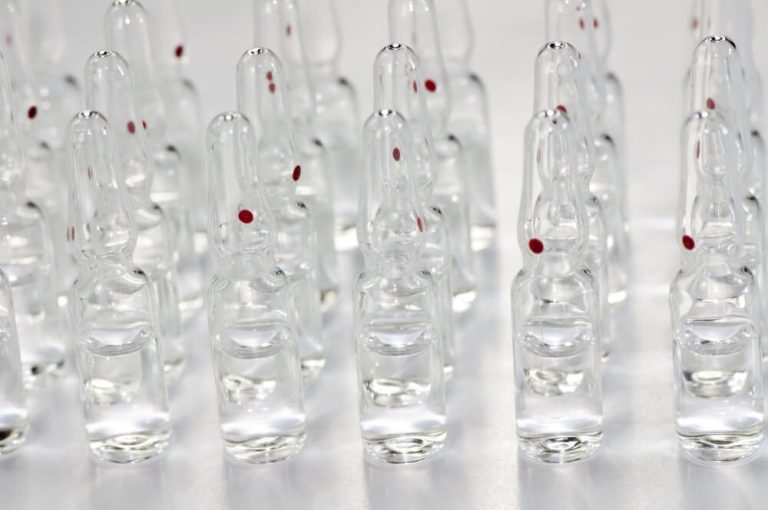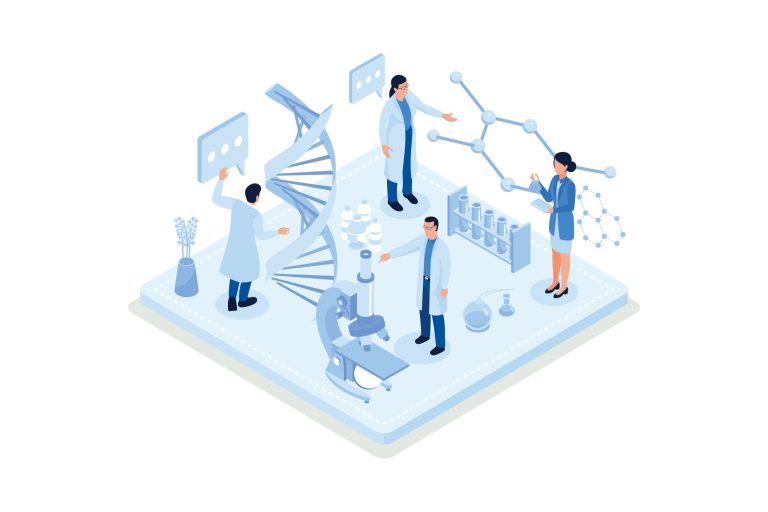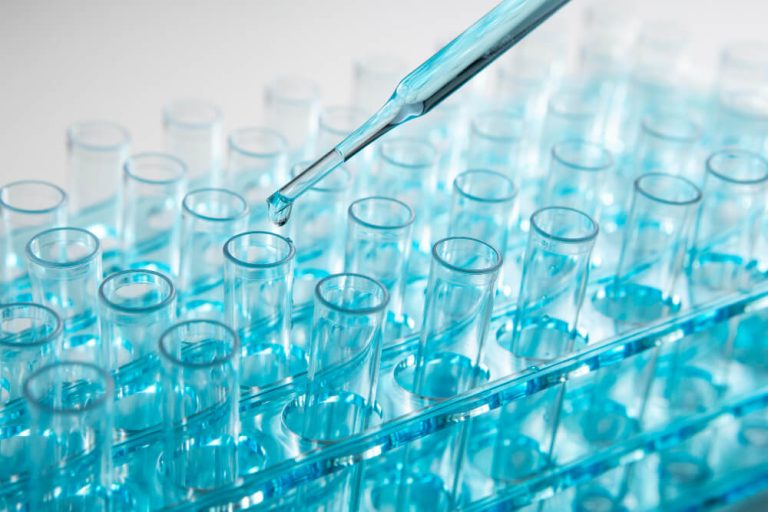The Ultimate Guide to Menopause Training: Reclaim Your Strength and Vitality
Menopause is a significant biological transition, a natural chapter in a woman’s life that often arrives with a host of unwelcome changes. From disruptive hot flashes and night sweats to creeping weight gain, brain fog, and unpredictable moods, the experience can feel overwhelming and isolating. Many women feel like they are fighting a losing battle against their own bodies, unsure of how to navigate this new terrain. The strategies that once worked for maintaining health and fitness suddenly seem ineffective, leading to frustration and a sense of loss of control.
But what if you could reframe this transition not as an ending, but as an opportunity to build a stronger, more resilient version of yourself? This is the core principle behind a strategic and informed approach to wellness during this life stage. It requires a new playbook, one that is specifically designed to work with your changing physiology, not against it. This is where targeted menopause training becomes an essential tool, offering a comprehensive roadmap for navigating the physical and emotional shifts with confidence and strength.
This is not just about doing more exercise or simply eating less. It is about understanding the ‘why’ behind the changes and implementing the ‘how’ to counteract them effectively. By embracing a training philosophy tailored to your menopausal body, you can do more than just manage symptoms. You can actively improve your body composition, protect your long-term health, and cultivate a profound sense of well-being that carries you through this transition and beyond.

Why Does Your Body Change During Menopause?
To train effectively, you must first understand the battlefield. The primary driver of menopausal changes is a significant decline in key hormones, most notably estrogen. For decades, estrogen has played a vital role in regulating countless bodily functions. It has helped maintain muscle mass, kept bones strong, managed insulin sensitivity, and even influenced cognitive function and mood.
As estrogen levels fall during perimenopause and menopause, this intricate regulatory system is disrupted. The body becomes less efficient at building and retaining muscle, a condition known as sarcopenia. Bone mineral density can decrease at an accelerated rate, increasing the risk for osteoporosis. Metabolism naturally slows down, and the body’s method of storing fat shifts, often leading to an increase in visceral fat around the abdomen, which is linked to a higher risk of cardiovascular disease and type 2 diabetes.
These hormonal shifts also impact neurotransmitters in the brain, contributing to mood swings, anxiety, and the infamous brain fog. It is a systemic change that requires a systemic response. Simply running on a treadmill for an hour every day may no longer yield the same results and could even increase stress on the body.
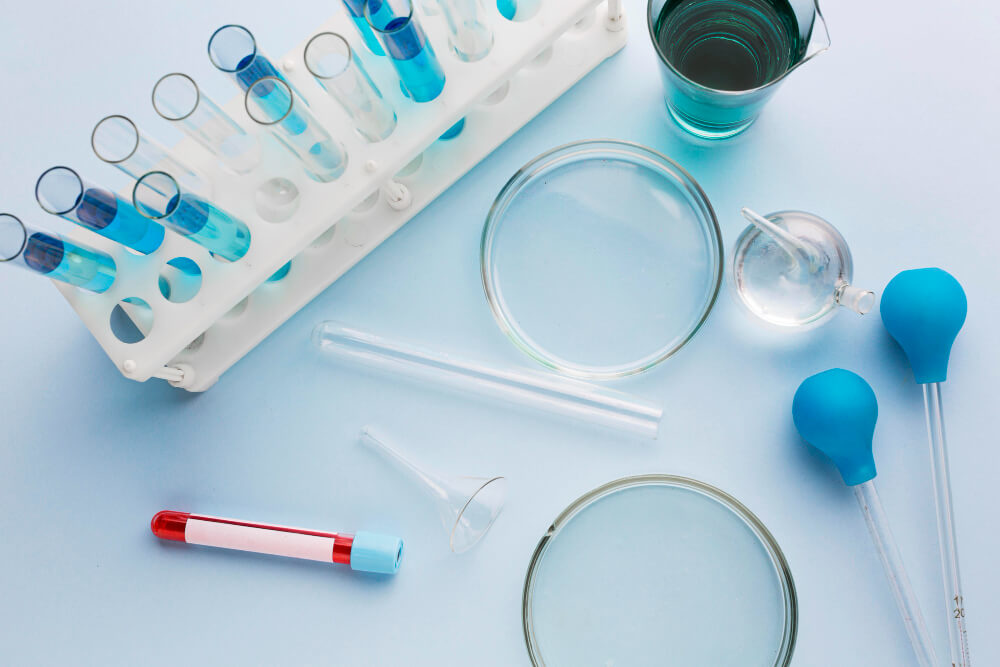
What is Menopause Training?
Menopause training is a holistic and strategic approach to fitness, nutrition, and lifestyle designed specifically to address the physiological challenges of the menopausal transition. It moves beyond generic workout advice and focuses on precise methods that support hormonal balance, preserve lean mass, and protect metabolic health. Its goal is not to punish the body but to intelligently guide it toward a new state of equilibrium.
This specialized training prioritizes activities that provide the most significant benefits for the menopausal body. It emphasizes building strength to combat muscle loss, using specific types of cardiovascular exercise to improve insulin sensitivity without elevating stress hormones, and incorporating practices that support recovery and mental health. It is a multi-faceted strategy that acknowledges the interconnectedness of physical activity, diet, sleep, and stress management.
Ultimately, menopause training is about empowerment. It gives you the knowledge and tools to take proactive control of your health. It is a shift from feeling like a victim of hormonal circumstance to becoming an active architect of your future vitality.
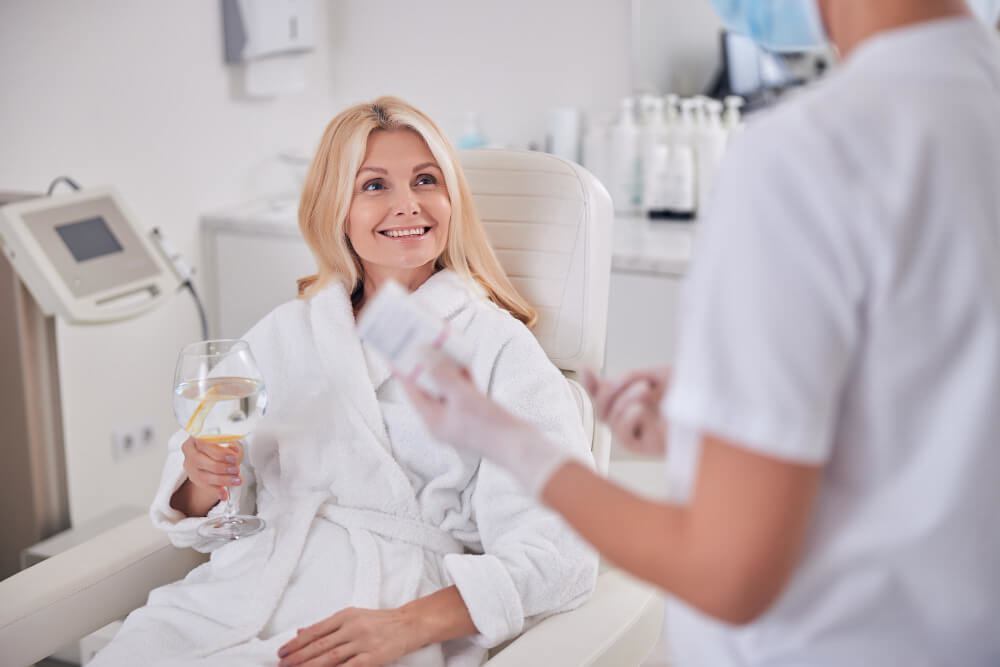
What Are the Core Components of Effective Menopause Training?
An effective plan is built on several key pillars, each addressing a specific challenge posed by the menopausal transition. Integrating these components creates a synergistic effect that yields far greater results than focusing on any single one in isolation. It is about creating a well-rounded routine that makes you resilient from the inside out.

Why is Strength Training Non-Negotiable?
If there is one magic bullet in menopause training, it is resistance or strength training. As estrogen declines, the signal to build and maintain muscle weakens. Lifting heavy things sends a powerful, direct signal to your body to counteract this process. Preserving and building lean muscle mass is critical for several reasons.
First, muscle is metabolically active tissue. The more muscle you have, the more calories your body burns at rest, which directly combats the metabolic slowdown associated with menopause. Second, strength training is one of the most effective ways to build bone density. The stress placed on your bones during exercises like squats and overhead presses stimulates bone-forming cells, helping to ward off osteoporosis. Many experts agree that you should exercise to boost your mood and bone health, and strength training does both.
Focus on compound movements that work multiple muscle groups at once for maximum efficiency. These include squats, lunges, deadlifts, push-ups, and rows. Aim for two to three full-body sessions per week, focusing on progressive overload, which means gradually increasing the weight, reps, or sets over time to continually challenge your muscles.
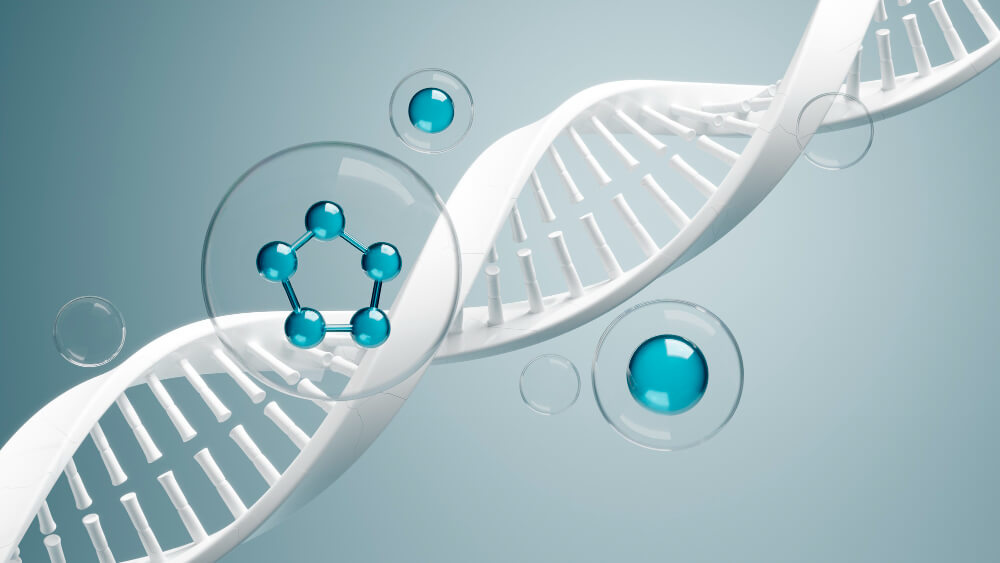
How Does Cardiovascular Exercise Need to Change?
Long, grueling cardio sessions can sometimes be counterproductive during menopause. This type of chronic exercise can elevate cortisol, the primary stress hormone, which is already prone to dysregulation during this time. Elevated cortisol can encourage belly fat storage, disrupt sleep, and increase inflammation.
Instead, a smarter approach to cardio involves a polarized model. This includes High-Intensity Interval Training (HIIT) one to two times per week. HIIT involves short bursts of all-out effort followed by brief recovery periods. This method is incredibly effective at improving insulin sensitivity, boosting cardiovascular health, and triggering fat loss in a much shorter amount of time.
On the other end of the spectrum is Low-Intensity Steady-State (LISS) cardio. Activities like brisk walking, cycling at a conversational pace, or gentle swimming are excellent for promoting recovery, reducing stress, and improving overall cardiovascular function without spiking cortisol. Integrating both HIIT and LISS provides a balanced approach that supports metabolic health and stress management.

What Role Do Flexibility and Mobility Play?
Many women report increased joint pain and stiffness during menopause, partly due to the anti-inflammatory effects of estrogen being reduced. This can make movement feel difficult and can increase the risk of injury. This is why dedicating time to flexibility and mobility work is crucial.
Mobility refers to your ability to move a joint through its full range of motion, while flexibility refers to the length of your muscles. Practices like yoga and Pilates are fantastic because they combine strength, balance, and flexibility. Regular stretching, especially after a workout, can help alleviate muscle tightness and improve your overall movement quality.
Think of this as essential maintenance for your body. Good mobility and flexibility not only make you feel better day-to-day but also allow you to perform strength training exercises with better form, leading to better results and a lower risk of getting hurt. A simple 10-15 minute routine of dynamic stretches before a workout and static stretches after can make a world of difference.
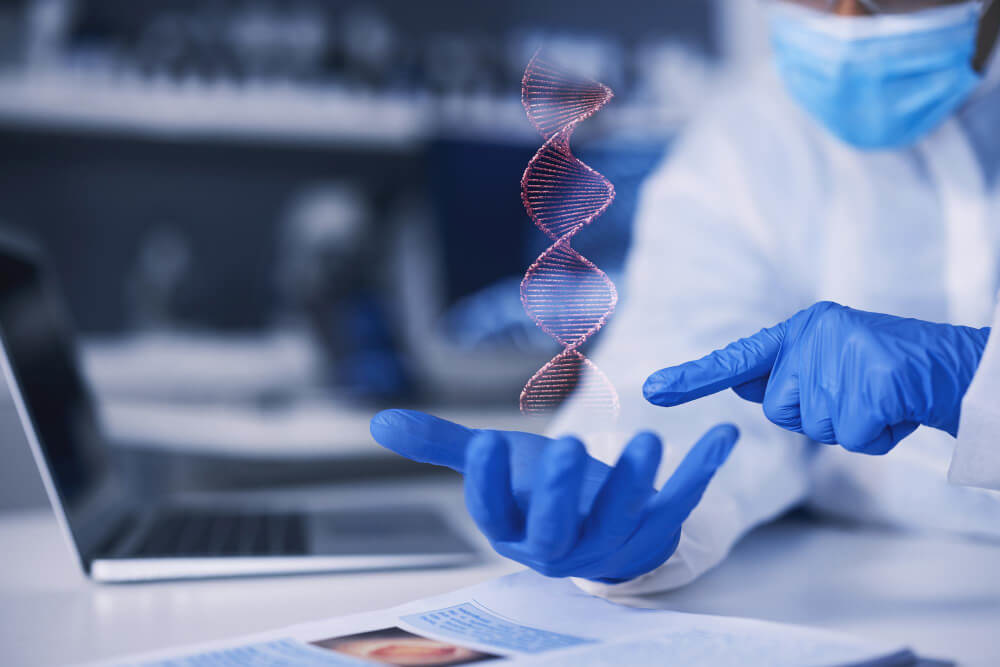
Is Pelvic Floor Training Important?
This is a topic often whispered about but is critically important. Estrogen plays a key role in maintaining the strength and elasticity of the pelvic floor muscles. As levels drop, these muscles can weaken, leading to issues like stress urinary incontinence (leaking when you cough, sneeze, or jump), increased urgency, and even pelvic organ prolapse.
Ignoring the pelvic floor is a significant mistake in any menopause training plan. Strengthening these muscles is not just about doing endless Kegels, though they can be a part of the solution. It involves learning to properly engage and relax the entire pelvic diaphragm in coordination with your breath and core. Many guides on the best exercises for menopause now rightly include sections on pelvic health.
Consider consulting with a pelvic floor physical therapist to get a proper assessment and personalized exercise plan. This specialized guidance can be transformative, improving bladder control, supporting your internal organs, and even enhancing sexual function. It is a foundational component of true core strength.

How Does Nutrition Support Menopause Training?
Exercise is only one part of the equation. You cannot out-train a diet that is not aligned with your new physiological needs. Nutrition during menopause must be just as strategic as your workouts, focusing on providing the building blocks your body needs to thrive.

Why is Protein a Priority?
Protein becomes the most important macronutrient during menopause. Your body becomes less efficient at muscle protein synthesis, the process of using protein to repair and build muscle. To overcome this ‘anabolic resistance’, you need to consume more protein than you did in your younger years, and you need to space it out throughout the day.
Aim for at least 30 grams of high-quality protein with each meal. This helps to continuously stimulate muscle maintenance and growth, which is vital for keeping your metabolism high. Protein is also highly satiating, meaning it helps you feel full and satisfied, which can prevent overeating and help with weight management. Good sources include lean meats, poultry, fish, eggs, Greek yogurt, cottage cheese, tofu, and legumes.

What About Carbohydrates and Fats?
Carbohydrates are not the enemy, but the type and timing matter more than ever. Your body’s ability to handle large amounts of carbohydrates, especially simple sugars, is reduced due to changes in insulin sensitivity. Focus on complex carbohydrates from sources like vegetables, fruits, quinoa, and sweet potatoes. These provide sustained energy and valuable fiber.
Healthy fats are also essential. They are crucial for brain health, reducing inflammation, and producing the hormones your body still makes. Incorporate sources like avocados, nuts, seeds, and olive oil into your daily diet. These fats help with satiety and support overall cellular health.

Which Micronutrients are Key?
Several vitamins and minerals become particularly important during menopause. Calcium and Vitamin D are a well-known duo, working together to protect bone health. Ensure you are getting enough through dairy or fortified non-dairy products, leafy greens, and safe sun exposure or supplementation for Vitamin D.
Magnesium is another superstar. It is involved in over 300 biochemical reactions in the body and can help with sleep quality, muscle relaxation, and anxiety, all of which can be challenging during menopause. Leafy greens, nuts, seeds, and dark chocolate are all good sources.

How Can You Manage Lifestyle Factors for Better Results?
Your efforts in the gym and kitchen can be easily undermined by unmanaged stress and poor sleep. These lifestyle factors have a profound impact on your hormones and your ability to recover and adapt to your training.

Why is Sleep the Ultimate Recovery Tool?
Menopause is notorious for disrupting sleep, thanks to night sweats, anxiety, and a general feeling of restlessness. Yet, sleep is when your body does its most important repair work. It is when growth hormone is released, muscles are rebuilt, and the brain clears out metabolic waste. Chronic sleep deprivation elevates cortisol, impairs insulin sensitivity, and increases hunger hormones, creating a perfect storm for weight gain and poor health.
Prioritizing sleep hygiene is non-negotiable. This means creating a cool, dark, and quiet bedroom environment. Stick to a consistent sleep schedule, even on weekends. Avoid caffeine and alcohol in the evening, and create a relaxing wind-down routine, such as reading a book, taking a warm bath, or practicing gentle stretching.

How Do You Tackle Stress and Cortisol?
Life is stressful, and the menopausal transition can add another layer of psychological and physiological stress. The body’s response to stress is to release cortisol. While necessary in short bursts, chronically high cortisol levels can wreak havoc, promoting fat storage around the midsection, breaking down muscle tissue, and disrupting sleep.
Actively managing stress is a critical component of menopause training. This does not mean eliminating all stress but building resilience to it. Practices like meditation, deep breathing exercises, and spending time in nature have been shown to lower cortisol levels. Your LISS cardio sessions, like walking, also serve as a powerful stress-management tool. It is about finding what works for you and making it a consistent practice.

What About Medical Support and Advanced Therapies?
Lifestyle interventions are incredibly powerful, but for many women, they are part of a larger puzzle. It is essential to recognize when medical guidance and support are needed. A proactive partnership with a knowledgeable healthcare provider can be a game-changer.
Before embarking on any new regimen, and especially when dealing with persistent symptoms, it is wise to have a thorough evaluation. A practitioner skilled in this area knows how to conduct a comprehensive menopause consultation, looking beyond basic bloodwork to understand your full clinical picture, including symptoms, lifestyle, and personal health history.
For many, Menopause Hormone Therapy (MHT) can be a safe and highly effective option for alleviating symptoms like hot flashes, night sweats, and vaginal dryness, as well as protecting bone and heart health. Modern MHT is very different from what was used decades ago, and treatments can be personalized. Understanding the role of compounding pharmacies in MHT can reveal options for customized dosages and delivery methods tailored to your specific needs.
Ultimately, managing menopause is not just about getting through a difficult phase; it is about setting the stage for a long and healthy life. This approach aligns perfectly with the evidence-based principles of longevity medicine, which focuses on proactive, preventive strategies to extend healthspan, not just lifespan. Your choices now directly influence your quality of life for decades to come.
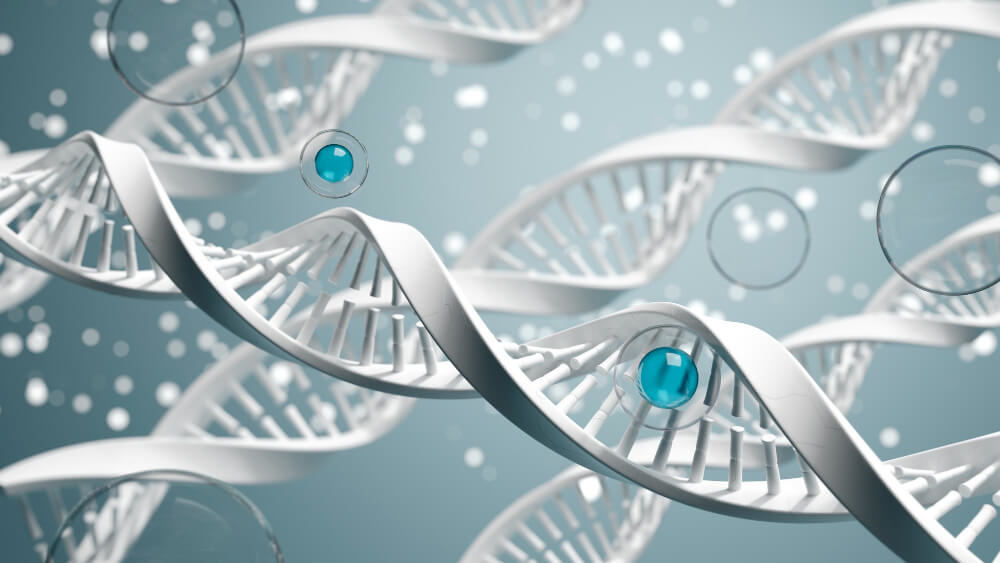
How Do You Create a Sustainable Menopause Training Plan?
Knowledge is powerful, but action is what creates change. The key to long-term success is creating a plan that you can stick with. It is better to be consistent with a good plan than to be perfect for a week and then quit. A well-designed menopause workout plan should feel challenging but also energizing and sustainable.
Start where you are. If you are new to strength training, begin with bodyweight exercises or light weights and focus on mastering the form. Do not feel pressured to jump into intense HIIT workouts right away; start with brisk walking and gradually increase the intensity as your fitness improves.
Listen to your body. The hormonal fluctuations of perimenopause and menopause mean your energy levels can vary from day to day. On days you feel strong, push yourself. On days you feel fatigued, opt for a restorative walk, yoga, or simply rest. This is not a failure; it is intelligent training. Learning how to exercise through menopause is about adapting to your body’s daily signals.
Track your progress beyond the numbers on the scale. Pay attention to how your clothes fit, your increasing strength in the gym, your improved energy levels, better sleep quality, and a more stable mood. These are the true indicators of success. Menopause is a journey, and with the right training approach, it can be one that leads you to a place of incredible strength, resilience, and vitality.
Frequently Asked Questions

How might my daily activities influence whether a transdermal or oral hormone system is better for me?
Oral hormone systems offer simplicity, requiring only that you remember to take a pill at a consistent time, making them a straightforward option for almost any lifestyle. This method is unaffected by activities like swimming, intense exercise, or sweating. However, its effectiveness relies heavily on your ability to adhere to a strict daily schedule.
Conversely, transdermal methods like patches or gels can be more impacted by daily routines. Patches may loosen with excessive sweating or frequent water exposure, while gels require drying time before you can dress, which must be factored into your morning schedule. Therefore, the best choice depends on balancing the convenience of oral pills against the potential lifestyle adjustments needed for transdermal applications.

What factors can interfere with hormone absorption in transdermal vs.
oral systems? For oral hormones, absorption is primarily influenced by the gastrointestinal tract and liver function in a process known as first-pass metabolism, which can significantly reduce the amount of hormone that enters your bloodstream. Factors like the timing of meals, co-administration of other medications, and underlying digestive conditions can all lead to inconsistent absorption. This variability can sometimes make it challenging to maintain stable hormone levels.
Transdermal systems bypass the digestive system, but their absorption depends on skin condition and external factors. The presence of lotions, oils, or even dense hair at the application site can create a barrier that hinders hormone uptake. Additionally, things like body temperature, heat from a sauna, or excessive sweating can accelerate absorption, potentially causing a temporary spike in hormone levels, while poor circulation or very dry skin might slow it down.

If I switch from an oral to a transdermal hormone, what changes should I anticipate?
When switching from an oral to a transdermal delivery system, your body will likely need an adjustment period. You may notice a difference in how you feel as your body adapts to the more direct and steady hormone delivery provided by a patch or gel, which bypasses the liver’s first-pass effect. Some individuals initially experience minor side effects like localized skin irritation from the adhesive patch or a temporary return of symptoms as the new dosage is calibrated.
It is important to follow your healthcare provider’s instructions carefully during this transition to ensure hormonal stability. Many initial reactions, such as skin redness, are often temporary and resolve as your skin gets used to the application. Consistently communicating any new or persistent symptoms to your doctor is key, as it allows them to fine-tune your dosage or recommend different application techniques for optimal results.
Discover the most comprehensive functional medicine training, longevity training, and biohacking certification programs designed specifically for healthcare professionals, medics, and clinic owners who want to master regenerative medicine protocols and anti-aging therapies.


